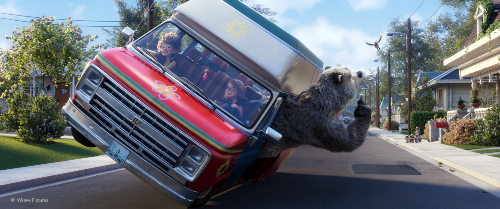
“There has been tremendous improvement in both the hardware and the software enabling us to push the boundaries of what is possible to do with a computer.” – 本·斯塔森
電影導演, Producer and Screenwriter Ben Stassen is Belgian. His films include Devil’s Mine, 外星人冒險, 三維相遇, 鬧鬼的城堡, 並帶我飛向月球. Stassen also produced and directed Wild Safari 3D, the first 3-D wildlife film for the giant screen in 2005.
His latest film, BigFoot家庭, is a 3D animated feature film and is based upon an original story by Stassen. It was written by Bob Barlen and Cal BrunkerIt. The film is the sequel to Son of Bigfoot that was released internationally in 2017 and grossed more than $50 million worldwide. BigFoot家庭 was featured in Annecy’s online film festival earlier this year.
全球搜索教育 is pleased to welcome Ben Stassen.
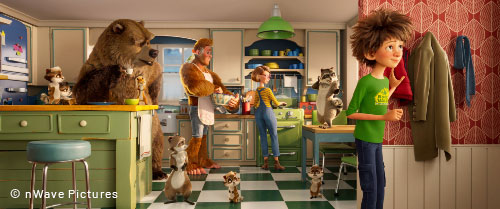
“The key to our success is that we have owned everything we produce from the very beginning.” – 本·斯塔森
Why do you think BigFoot家庭 resonates so strongly with a broad global audience?
We knew from our first Bigfoot film that audiences liked the main characters and personally, my favorite characters were Trapper, the raccoon, and Wilbur, the bear. My attachment to these two characters was one of my main motivations to do another Bigfoot film. Trapper and Wilbur have much broader roles in the new film and they bring tremendous humor to the story. We did not want to create a traditional sequel, a follow-up to the original story. Bigfoot Family stands alone as a brand new story audiences will be able to enjoy even if they have not seen the first film.
How has the animation process changed since your first feature film in 2008? What role has technology played?
The animation process has not changed that much since Fly Me To The Moon. There has been tremendous improvement in both the hardware and the software enabling us to push the boundaries of what is possible to do with a computer. We have developed a whole array of tools to improve our production pipeline, but overall the process has not changed that much for the last 10 歲月.
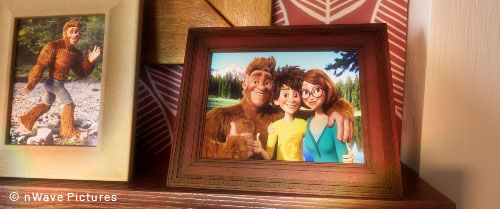
“The digital revolution has given us the tools to compete with the best and biggest studios anywhere in the world.” – 本·斯塔森
Your company, nWave, has been able to make some extraordinary larger than life films and attraction films. What’s the secret behind the success? What lessons have you learned in the process that you’re able to share?
The key to our success is that we have owned everything we produce from the very beginning. By owning the copyright to all of our films, we have been able to build a substantial library that keeps on generating revenues year after year. This is true for the specialty films we distribute ourselves and for the feature films released by third-party distributors. Without that stream of revenues, we would not have been able to survive financially, or at the very least we would not have been able to maintain our independence.
COVID19 has affected films and filmmakers everywhere. What are the personal challenges you have faced with regards to the creative process and the marketing process?
The pandemic has spared our digital studio to a certain extent. Contrary to live-action film producers, we have been able to keep our production going with teleworking to a great extent. We met our delivery deadline on Bigfoot Family and we have not lost too much time on the production of our next project. So on the production side, we are OK. But I am quite nervous as far as the release of the film is concerned. Will the public return to the cinemas? I believe that the typical film audience, 該 15 對 25 year old, will be the first to return. As for the families…? We just don’t know at this stage.
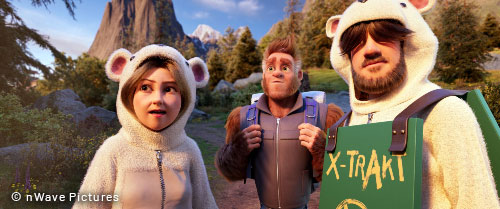
“Choosing a company where an animator will be able to progress and grow is the key to success.” – 本·斯塔森
The world of film has changed. What advice do you have for young filmmakers who are starting out today?
The digital revolution has given us the tools to compete with the best and biggest studios anywhere in the world. Whether you are in Los Angeles, Brussels, or a South Pacific island, we now have the tools to create great content at a reasonable cost. As importantly, the digital revolution is also making it possible to distribute your content in ways that were unthinkable 10 或 20 幾年前. But the technology has become more and more sophisticated. So my first advice would be to get a good education. When we started 30 幾年前, a lot of animators were self-taught. This is no longer possible. Then it is all a question of making the right career choice, at the right time. It is tough to run an animation studio – very few survive over the long run. Choosing a company where an animator will be able to progress and grow is the key to success.
(Photos are courtesy of ©nWave Pictures, ©Octopolis)
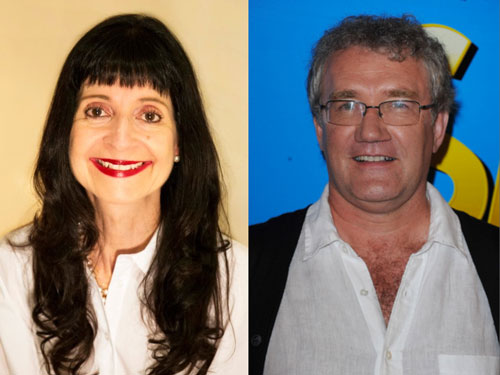
C.M. 魯賓和本·斯塔森
感謝您對我們的 800 加 全球貢獻者, 藝術家, 教師, 企業家, 研究人員, 企業領導, 從每個域對學習的未來與您分享觀點的學生和思想領袖 全球搜索教育 每月.
ç. M. 魯賓 (凱茜) 是CMRubinWorld的創始人, 在線出版公司,專注於全球學習的未來, 和行星課堂的聯合創始人. 她是三本暢銷書和兩個廣泛閱讀網上系列的作者. 魯賓收到 3 厄普頓·辛克萊獎“全球搜索教育。”該系列, 它提倡青少年, 在推出 2010 並匯集了來自世界各地的傑出的思想領袖,共同探討所面臨的國家的關鍵教育問題.
按照ç. M. 魯賓在Twitter: www.twitter.com/@cmrubinworld

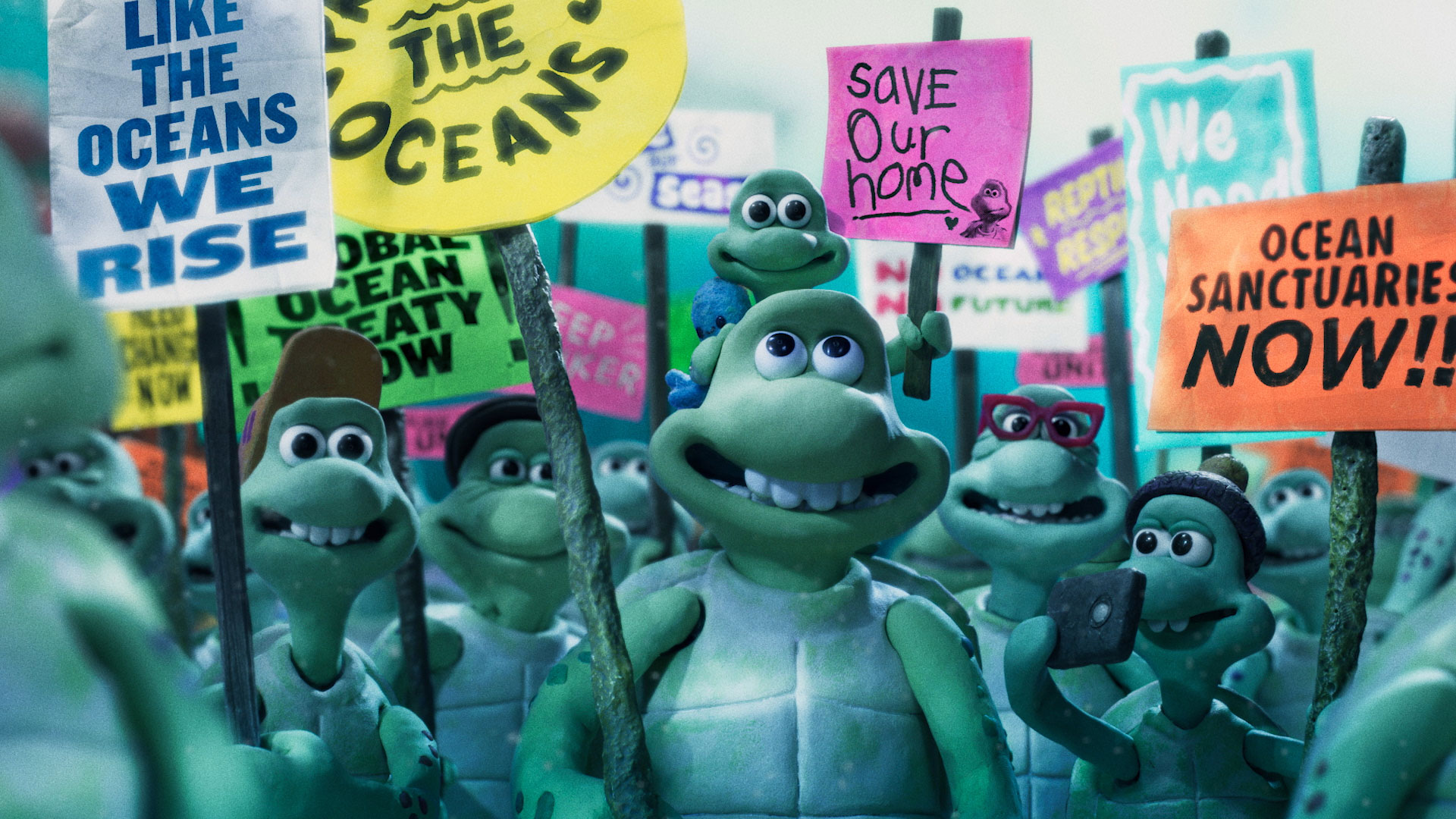
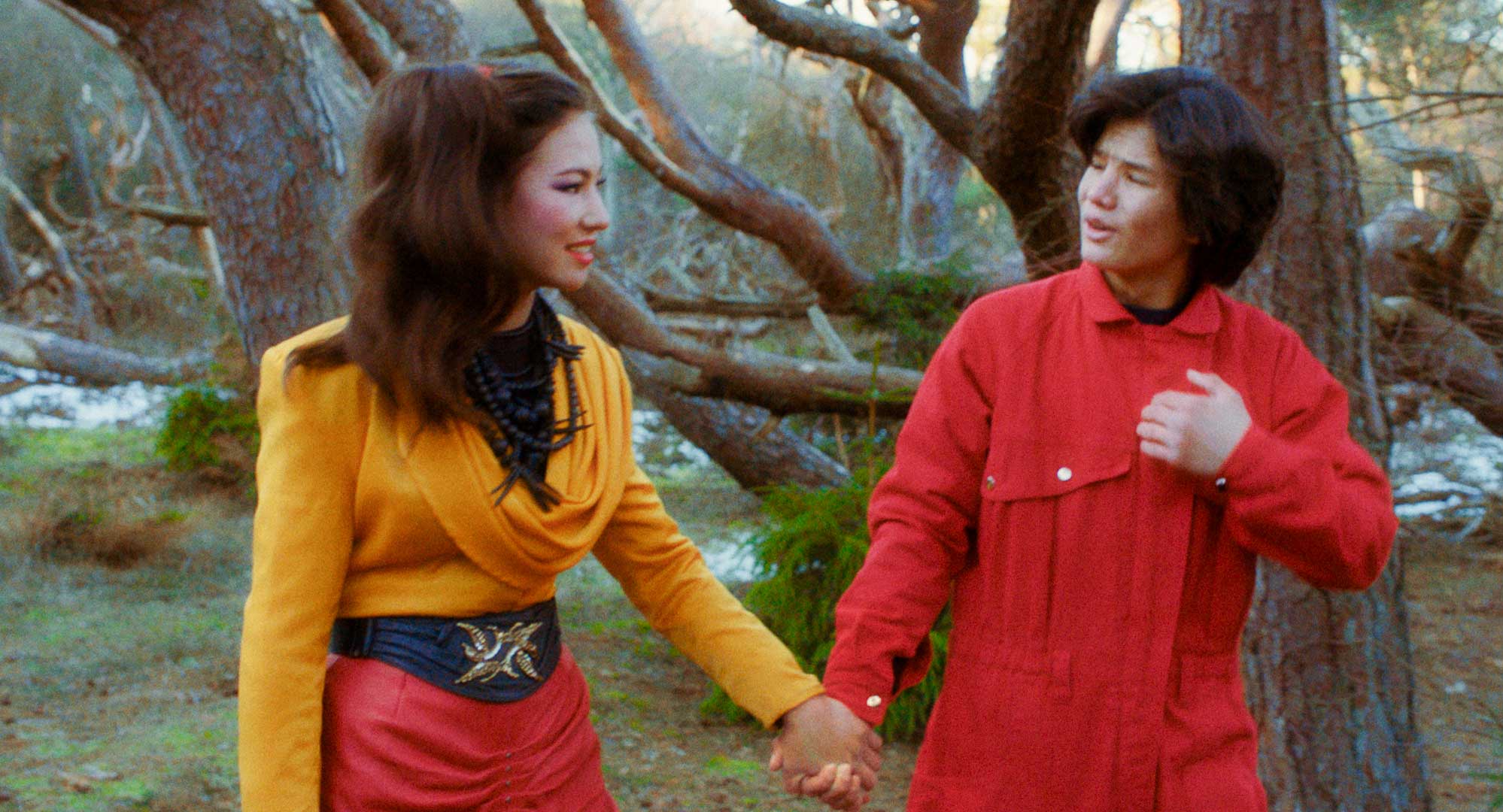
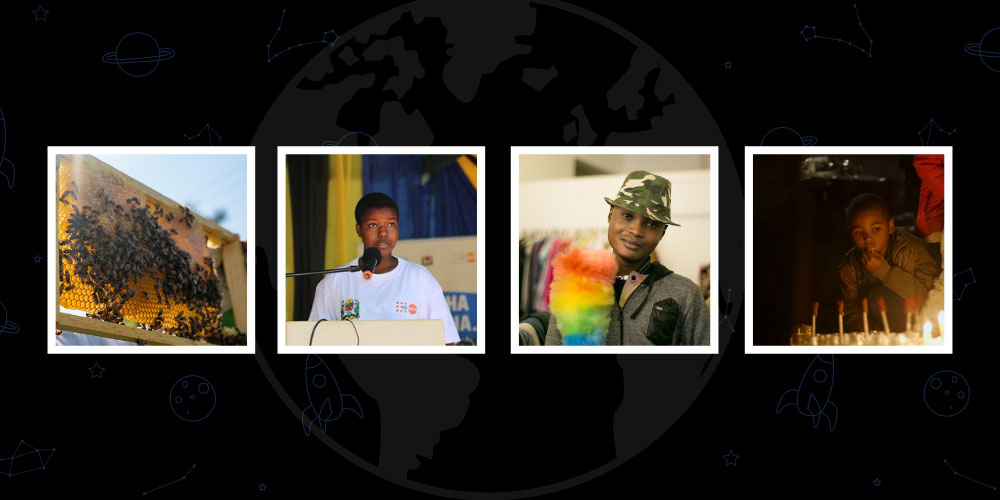
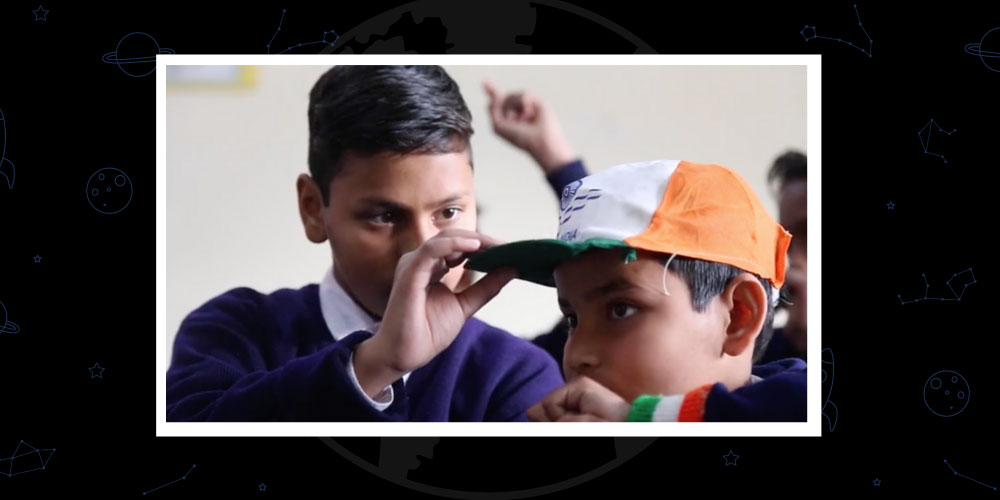
最新評論